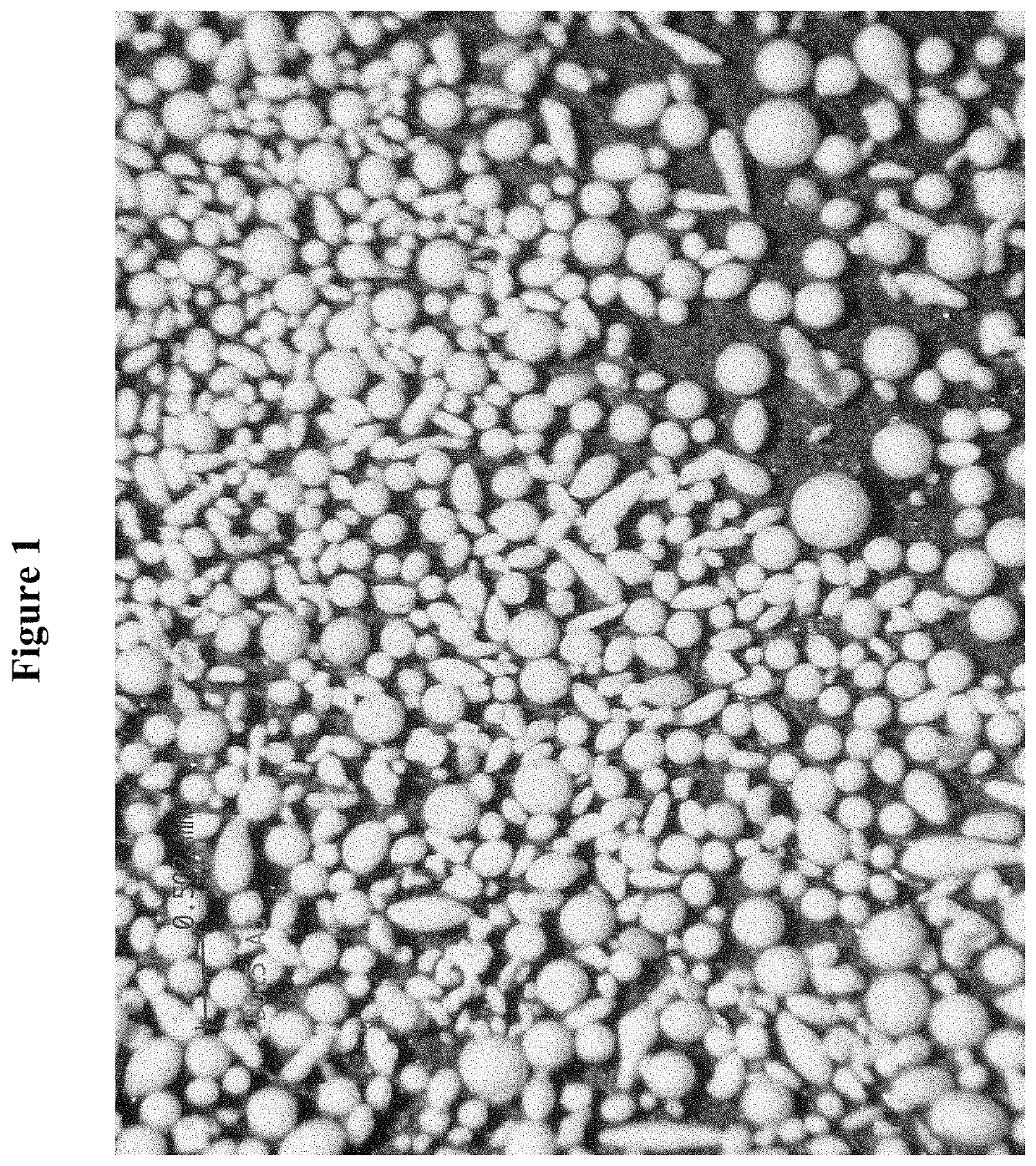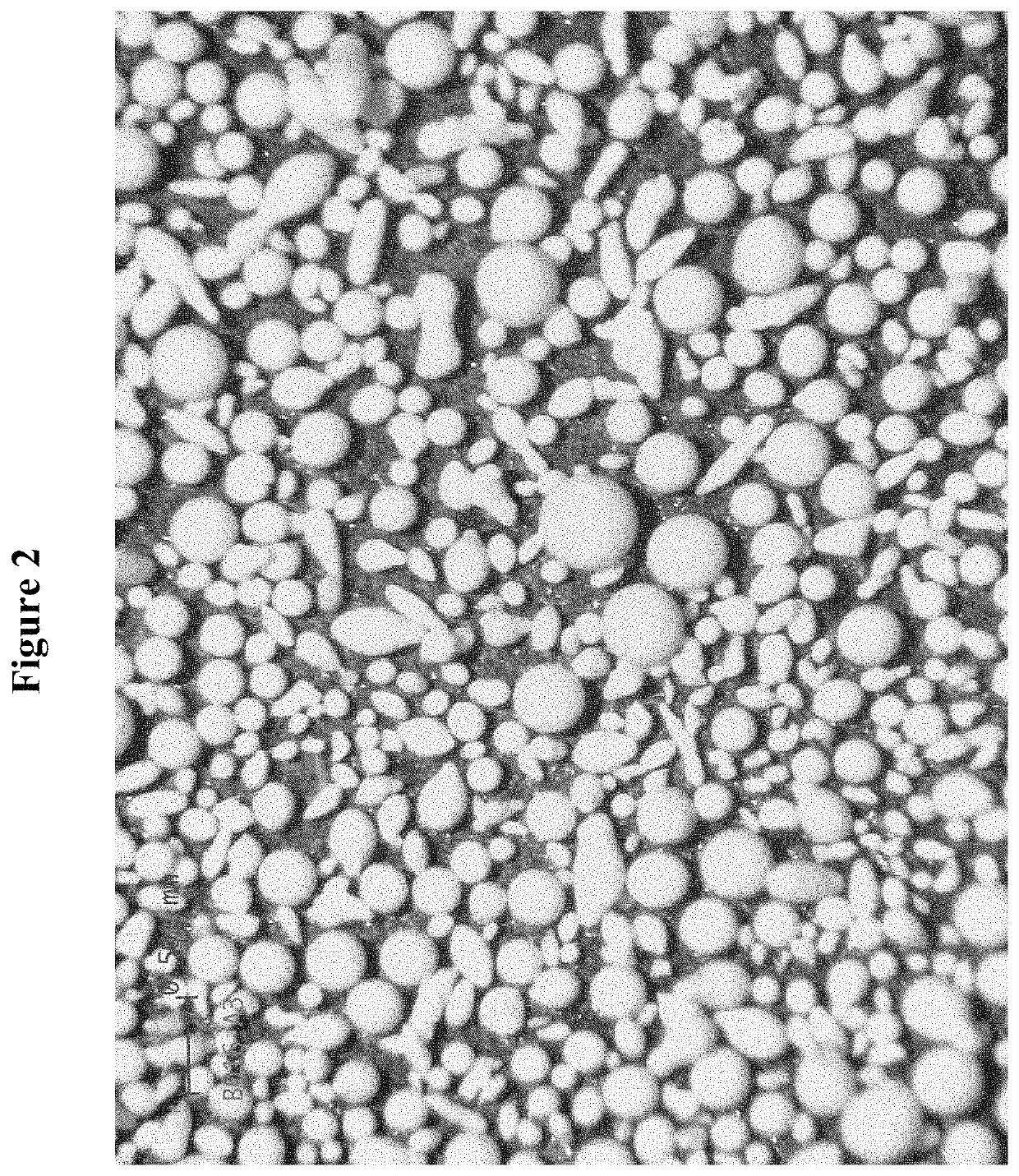Method for making agglomerate particles
a technology of agglomerates and particles, applied in the field of agglomerates and processes for making, can solve the problems of aluminum oxide, silicon carbide, aluminum oxide, and diamond and cubic boron nitride can cost up to 1000 times more than conventional abrasives, and either dull during the abrading process
- Summary
- Abstract
- Description
- Claims
- Application Information
AI Technical Summary
Benefits of technology
Problems solved by technology
Method used
Image
Examples
Embodiment Construction
[0021]As used herein, “Agglomerate” or “agglomeration” refers to a product (or a technique) that combines micron sized particles to form larger particles which are held together by a variety of physical-chemical forces. The formation of agglomerates begins with the interfacial forces which have a cohesive effect between particles of mineral ore concentrate. These include capillary forces developed in liquid ridges between the particle surfaces. Numerous particles adhere to one another.
[0022]The instant invention is a method for making agglomerate particles, said method comprising: (a) forming a slurry of agglomerate components in a polymerizable liquid resin carrier; (b) mixing said slurry with a non-miscible fluid to form discrete dispersed droplets; (c) solidifying said droplets to form a multitude of solid particles; and (d) isolating said solid particles.
[0023]The invention also relates to a method for making agglomerate particles, said method comprising: (a) forming by mixing a...
PUM
 Login to View More
Login to View More Abstract
Description
Claims
Application Information
 Login to View More
Login to View More - R&D
- Intellectual Property
- Life Sciences
- Materials
- Tech Scout
- Unparalleled Data Quality
- Higher Quality Content
- 60% Fewer Hallucinations
Browse by: Latest US Patents, China's latest patents, Technical Efficacy Thesaurus, Application Domain, Technology Topic, Popular Technical Reports.
© 2025 PatSnap. All rights reserved.Legal|Privacy policy|Modern Slavery Act Transparency Statement|Sitemap|About US| Contact US: help@patsnap.com


